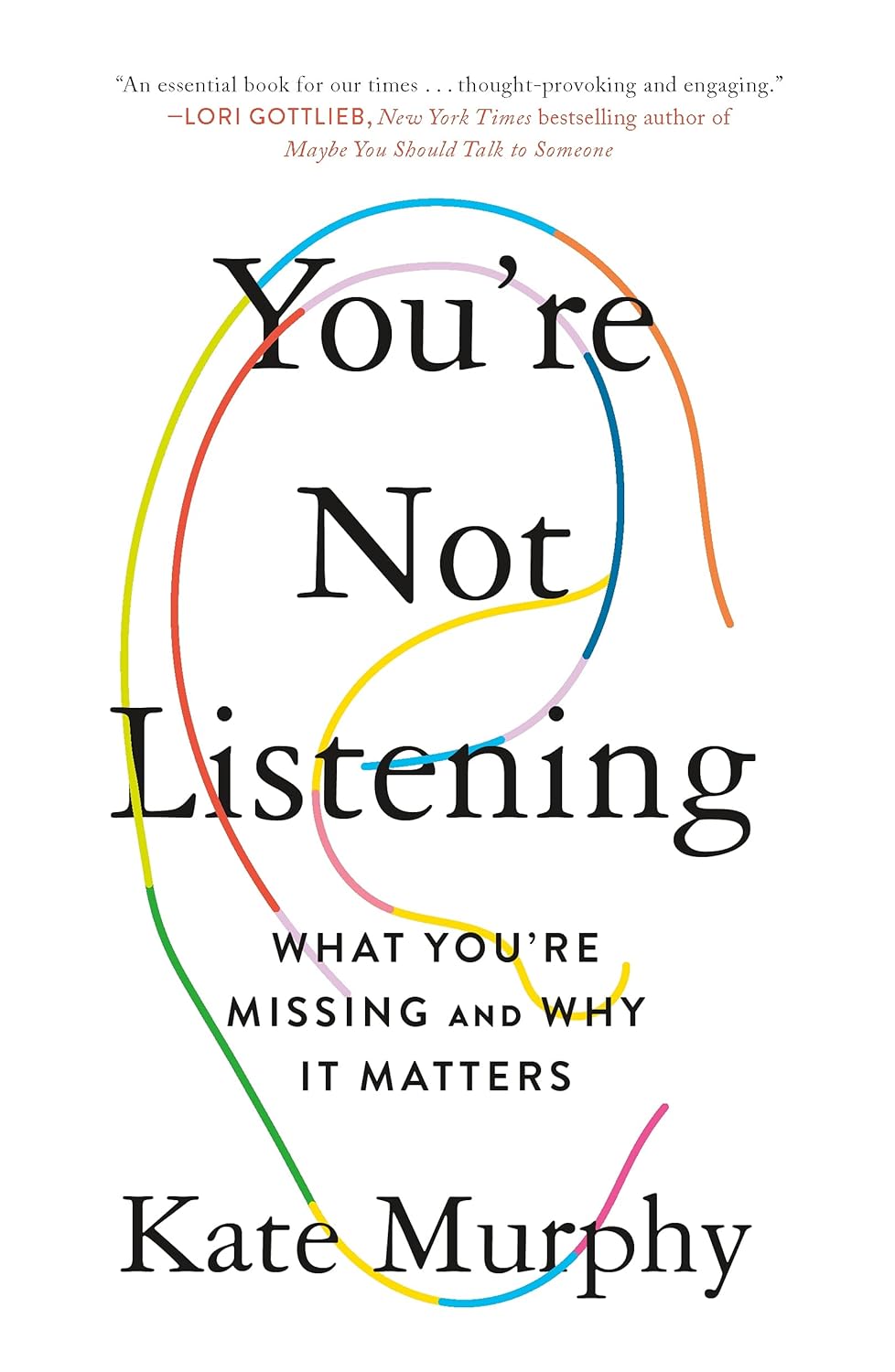How to Choose the Best Elder Care Living Facility for Your Loved One
Learn how to choose the best elder care living facility for your loved one with helpful insights and important questions to ask to make the right decision.

Choosing where an aging parent or loved one will live as they grow older is one of life’s more delicate decisions. It’s not only about safety and health—it’s also about preserving dignity, comfort, and a sense of belonging. With so many living arrangements available, finding the right place can feel overwhelming. Every family’s needs are different, and what works for one person may not suit another. That’s why it’s important to take a thoughtful approach. From understanding medical requirements to evaluating emotional and social needs, every factor deserves close attention.
In this guide, we’ll walk you through how to make a confident, informed decision about an elder care living facility. You'll learn what to consider, which questions to ask, and how to focus on long-term well-being.
Types of Senior Living Options
Before you begin touring locations, it helps to understand the common types of senior living. Each option varies in the level of care and daily support it offers.
-
Independent Living Communities: These are ideal for seniors who don’t need personal care but enjoy the convenience of planned activities and accessible surroundings. Residents live alone or with a spouse and manage daily life with little interference.
-
Assisted Living: In these settings, seniors receive help with daily tasks such as dressing, bathing, and eating. Staff is available 24/7, and medication management is often provided.
-
Memory Care: If your loved one has dementia or Alzheimer’s, this is a specialized environment. Memory care communities offer safety, consistency, and therapeutic programming designed for memory challenges.
-
Skilled Nursing Facilities: These provide around-the-clock medical attention. Licensed nurses and physicians are on-site to handle ongoing health needs or short-term recovery.
Financial Planning and Budgeting
Cost is one of the most important parts of this decision. Expenses vary widely depending on the type of residence, location, and level of care needed. Start by reviewing your loved one’s financial resources. These may include pensions, social security, savings, or long-term care insurance. If possible, speak with a financial advisor who specializes in senior care options.
It's also worth researching government support programs. Medicaid may help in some situations, especially for those who need nursing care. Veterans may qualify for benefits that can offset living costs. Be aware of what's included in the monthly rate. Some places charge additional fees for personal care services, transportation, or meal programs. Request a full cost breakdown before moving forward.
Staying within budget doesn’t mean sacrificing quality. With research, it’s possible to find high-quality care at an affordable rate.
What to Look for During a Visit
Visiting potential communities in person is essential. It allows you to get a real sense of the atmosphere and daily routines. Start by observing interactions between staff and residents. Are they respectful and friendly? Consistent staff behavior can indicate strong leadership and training.
Ask about staff-to-resident ratios, especially during evenings and weekends. More staff often leads to better response times and safer environments. Look into activity schedules. A good facility offers social, physical, and creative opportunities throughout the week. These help promote overall wellness.
Ask questions about safety measures. Look for things like emergency response systems, fall prevention strategies, and secure entrances. Finally, trust your instincts. If something feels off, it might not be the right fit.
Questions to Ask Administrators
Talking to administrators can provide deeper insight into how the place operates. Prepare your questions in advance so you can make the most of the meeting.
Here are some important areas to ask about:
-
Staff qualifications and turnover: How long has the team been in place?
-
Daily routines: What does a typical day look like for residents?
-
Medical response: How do they handle emergencies or medical issues?
-
Family communication: How often do they update family members about health and care plans?
-
Resident rights: What policies protect residents’ privacy and independence?
Pay Attention to the Details
Sometimes, small details reveal the true character of a facility. Use all your senses during visits.
-
Do residents look engaged or withdrawn? Are they well-groomed? Look at how meals are served and whether residents seem to enjoy them.
-
Notice how clean the space is. Pay attention to smells, lighting, and noise levels. These can affect your loved one’s comfort and peace of mind.
-
If possible, visit at different times of day. Early morning and late evening visits often show a different side of daily life than scheduled tours.
Also, talk to residents and family members if they’re open to it. Firsthand experiences often tell more than brochures or websites.
Evaluating Long-Term Fit
Think beyond the first few months. Your loved one’s needs may change over time. It’s wise to choose a setting that can adapt without requiring another move. Ask whether the facility offers tiered levels of care. Some places allow residents to stay in the same environment even if they later need additional support.
Look into healthcare partnerships. Facilities connected with hospitals or specialists may offer better continuity of care. Also, consider transportation services. Will they be able to get to appointments, shops, or religious services easily? Assess how well the location supports both present and future needs. This can save emotional and financial stress down the road.
Considering the Emotional Transition
Leaving home is hard, especially for older adults who’ve spent decades in one place. Planning for the emotional side is just as important as finding the right facility. Help your loved one feel involved in the decision. When people feel included, they’re more likely to adjust positively.
If possible, let them personalize their new space with familiar belongings. This helps build a sense of home and comfort. Plan for regular visits or calls. Even a quick check-in can reduce feelings of isolation and help ease the transition. Finally, be patient. Adjustment takes time. Stay supportive and recognize both progress and challenges during this period.
Red Flags to Avoid
-
High staff turnover: A constantly changing team can lead to inconsistent care and communication problems.
-
Limited resident interaction: If residents seem isolated or bored, it may indicate poor programming or low staff engagement.
-
Signs of neglect: Look for bad hygiene, unanswered call buttons, or unexplained injuries.
-
Lack of transparency: If administrators avoid your questions or provide vague answers, be cautious.
-
Instincts matter: Trust your gut feeling about the facility—your loved one deserves respect, safety, and dignity. Don’t settle for less.
Final Thoughts on Making the Right Choice
Choosing the right elder care living facility involves thoughtful planning, clear communication, and firsthand observation. It’s a decision that affects not only your loved one’s health but also their daily happiness. Take the time to research, ask the right questions, and visit multiple places. Stay focused on long-term comfort, medical needs, and emotional well-being.
By staying informed and compassionate, you can help your loved one live with dignity and peace in the years ahead.
































































![https //g.co/recover for help [1-866-719-1006]](https://newsquo.com/uploads/images/202506/image_430x256_684949454da3e.jpg)


























![How Smart PMs Scale Their Careers in Any Org [TPG Live Recap]](https://tpgblog.com/wp-content/uploads/2025/06/2025-06-12-thumbnail-action.png?#)



















































